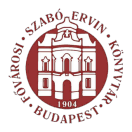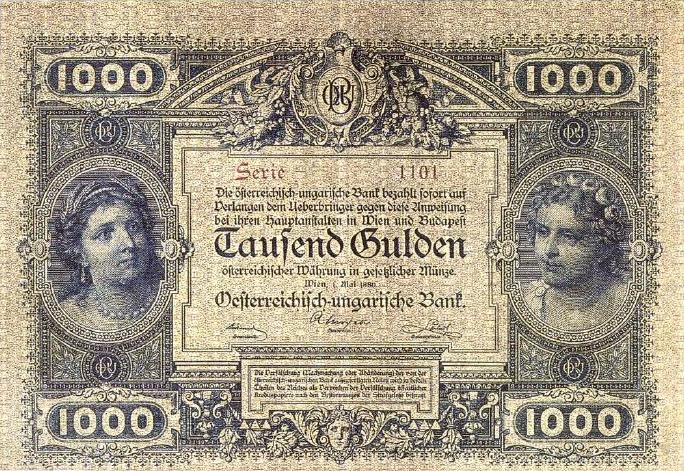
 1864-1899
1864-1899 Austrian Forint
From 1858, the currency of the Austrian Empire was the Austrian Value Franc, initially issued by the Bank of Austria. From 1867, it became the common currency of the Austro-Hungarian Monarchy, with the Hungarian version issued by the Austro-Hungarian Bank. Its value was in principle linked to silver, but in 1879 the conversion of silver into forint was suspended due to the large inflow of silver, so from then on it was not legally, but in practice more closely linked to gold. Because of the duality of the precious metal content (known at the time as the coinage), it was also known as the gibbet currency. In addition to paper money, there were also silver and gold forints in coinage, the value of which was linked to the individual precious metals.
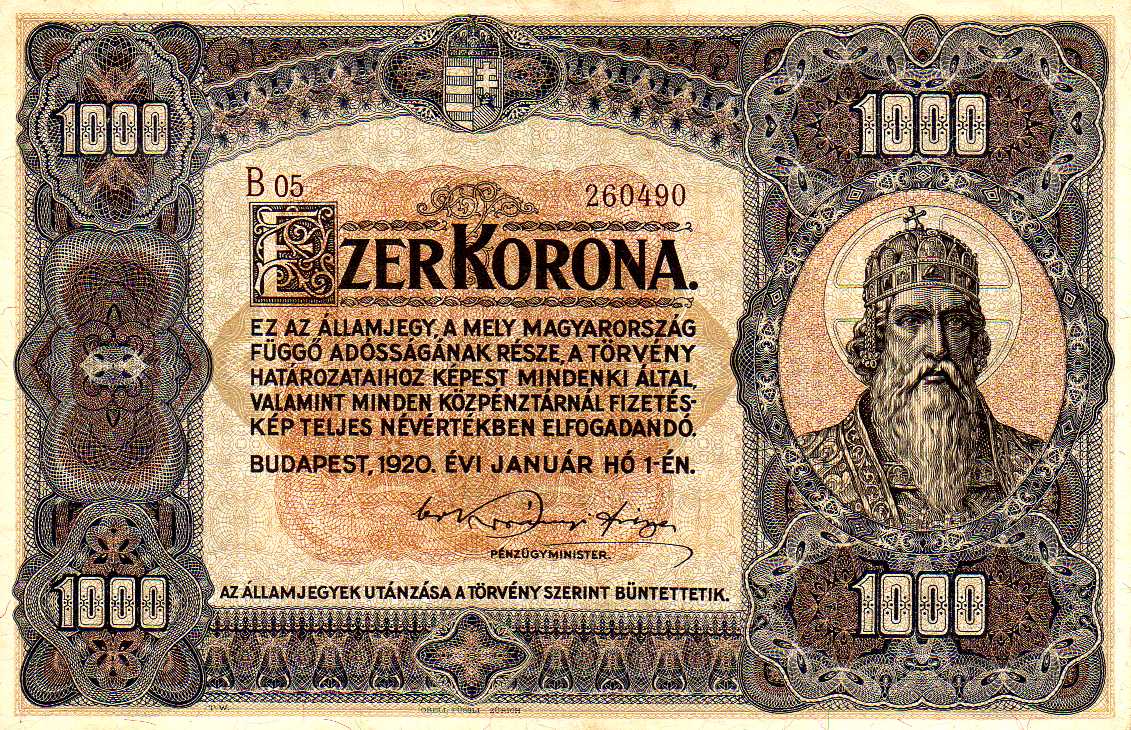
 1900-1926
1900-1926 Crown
The Crown was already legally linked to gold. Although it was issued in 1892, it was only compulsory from 1900 onwards, so for a while it was in circulation alongside the Austrian Forint. It was switched to the stock exchange on 1 January 1900. The exchange rate was 1:2, i.e. 2 crowns were given for 1 Austrian forint.
After the First World War and the break-up of the Monarchy, each country overstamped the koruna banknotes in circulation in its territory, and in 1920 the Hungarian Crown was created. During and after the war, the inflation of the koruna accelerated and was only halted in 1924 with the establishment of the Hungarian National Bank and the taking out of a loan by the League of Nations.
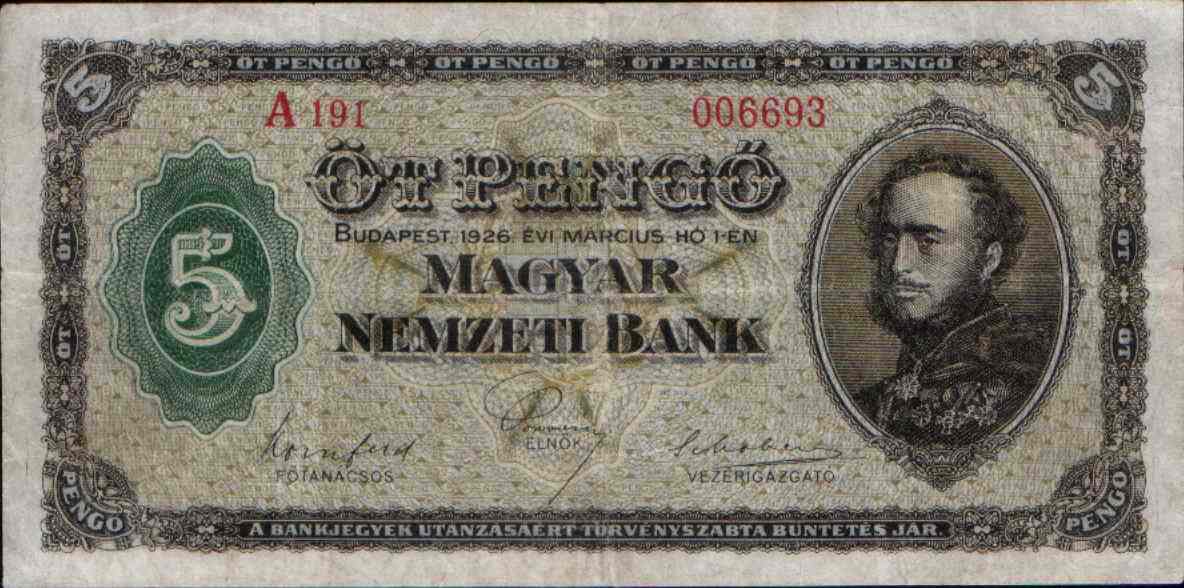
 1927-1946
1927-1946 Pengő
Although it was no longer needed for stabilisation, the practical difficulties caused by the high denominations of the Crown and the symbolic end of the crisis led to the introduction of a new currency, the Pengő, on 1 January 1927. Its conversion rate to the koruna was 1:12500.
During and after World War II, hyperinflation also occurred in the Pengő. Nevertheless, when the stock exchange opened in 1946, the Pengő (or the temporarily introduced fiscal Pengő) was still quoted,
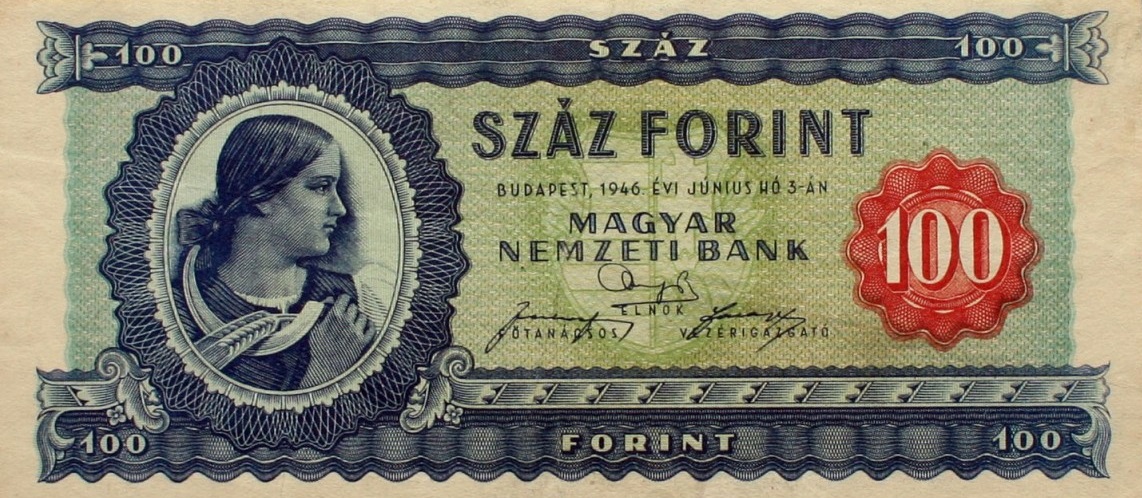
 1946-1948
1946-1948 Forint
As part of the financial stabilisation following World War II, but also as a symbol of the nascent socialist Hungary, the new currency, the Forint, was introduced on 1 August 1946. From then on, exchange rates were quoted in this currency on the stock exchange. Contrary to popular belief, inflation did not disappear with the introduction of the forint, but only decreased.

